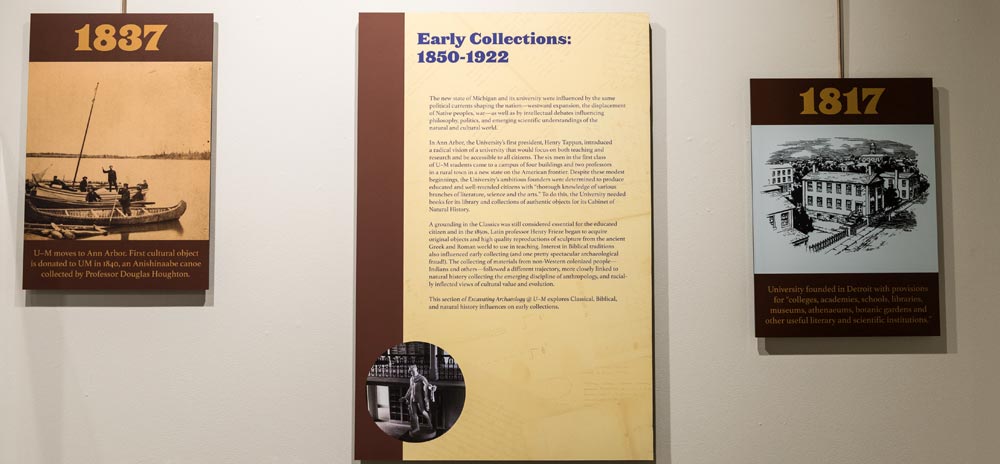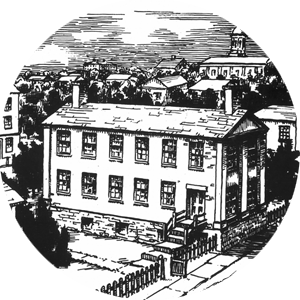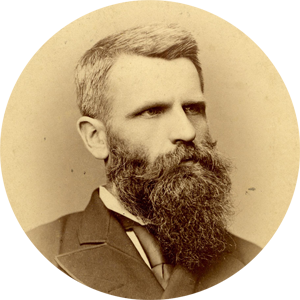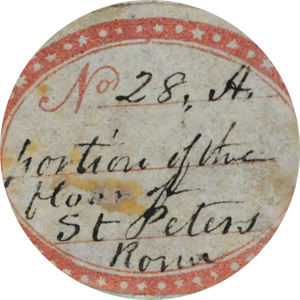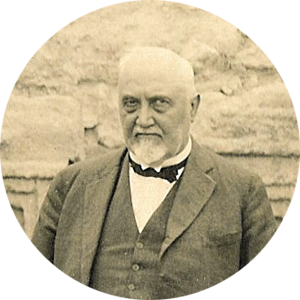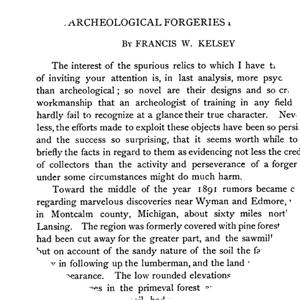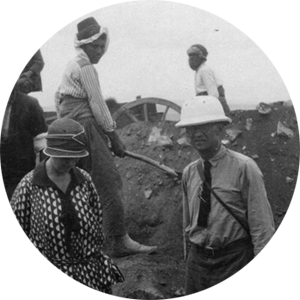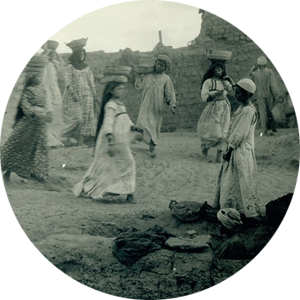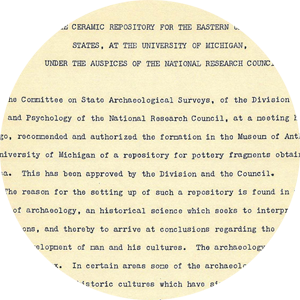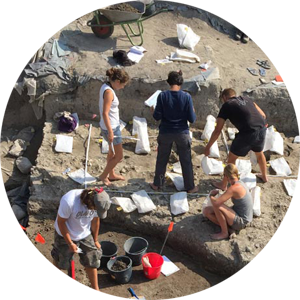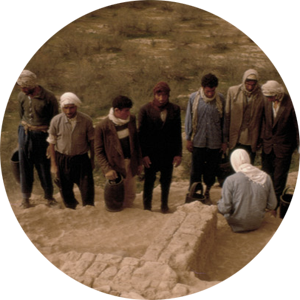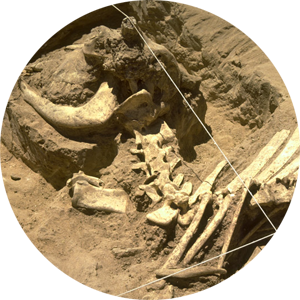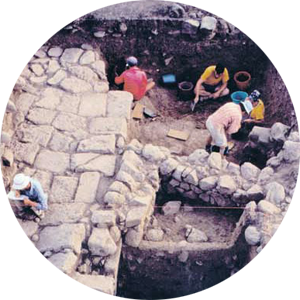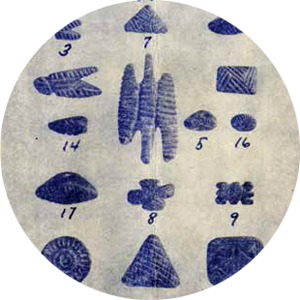The Beginnings

Image: Bentley Historical Library, University of Michigan, record BL001754
Archaeologists seeking to excavate the beginnings of the University of Michigan in Detroit would not find much. In 1817, Augustus Woodward, Chief Justice of the Territory of Michigan, drafted an act to create the “University of Michigania.” Authorized on August 26, 1817, the act envisioned a territory-wide public educational system consisting of “colleges, academies, schools, libraries, museums, athenaeums, botanical gardens, laboratories and other useful literary and scientific institutions.” A month later, representatives of the U.S. Government and Native tribes signed the Treaty of Fort Meigs, in which Chippewa, Odawa, and Potawatomi tribes transferred 640 acres in Detroit to the University, hoping to create educational opportunities for their children. In its first two decades, the University consisted of a building on the corner of Bates and Congress Streets with, at best, a single teacher. This changed in 1837, when Michigan became a state. The legislature reconstituted the University and moved it to the 40 acres that are now the Diag in Ann Arbor. The first class of six students arrived in 1841.
Scientific expedition and museum collections at the University began with another legislative act in 1837, which created a geological survey to map natural resources and Native lands for future exploitation. Minerals and biological specimens gathered by the survey came to the University, and in 1841 the first exhibition of the Cabinet of Natural History opened in University Hall. Archaeological research and collections took a little longer. In 1855, Professor of Latin Henry Frieze traveled to Europe to acquire ancient objects to lay the foundation for a museum of Classical antiquities. In 1862, a department of Ethnology and Relics was created to hold the growing collections of Native American artifacts, war relics, and other donations from University alumni. Francis Kelsey offered the first archaeology class in 1892. From these early beginnings, the University of Michigan’s two archaeology museums—and U-M archaeology—grew to be world renowned.
Gallery Photo
